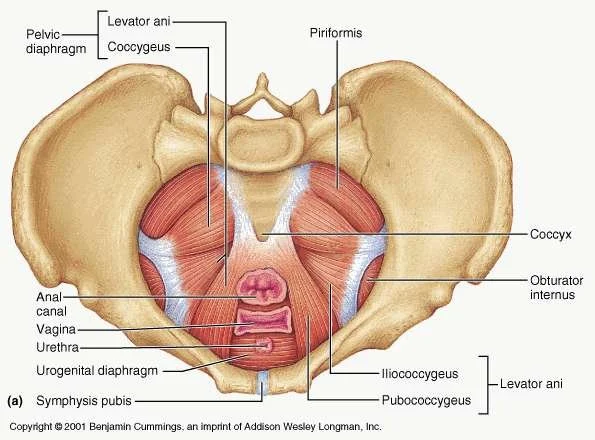Overall, the first trimester of pregnancy is all about change and your growth: your body and your baby’s. It is also a time of variability in symptoms, emotions, and adjusting to a new stage of life. It is important to be gentle with yourself during this time and do things to keep yourself healthy, happy and whole!
Dyspareunia is persistent or recurrent internal or external genital pain occurring before, during or after sex.
Vestibulodynia is chronic pain or discomfort that occurs around the opening to the vagina: the vestibule is where the lips of the vulva meet your vagina. It is a very sensitive part of your body and contains multiple glands to help with lubrication/discharge as well as the urethra. Pain may occur when the area is touched, during sex, when using a tampon or other certain movements like prolonged sitting. The area may even be chronically red and inflamed.
Visceral Mobilization can also help improve blood flow, stretch muscles associated with the organs, and increase the overall function of the local soft tissue. Visceral mobilization is particularly effective for people that have undergone C-sections or other abdominal surgeries.





















